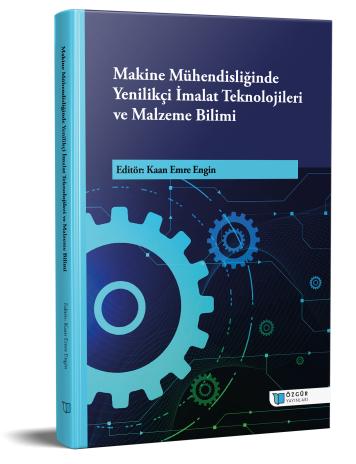
A Comprehensive Investigation on the Effect of Growth Rate and Composition on Dendritic Microstructure and Arm Spacings in Directionally Solidified Al-Zn Alloys
Chapter from the book:
Engin,
K.
E.
(ed.)
2025.
Innovative Manufacturing Technologies and Materials Science in Mechanical Engineering.
Synopsis
Cellular and dendritic microstructures formed during the solidification of alloy systems lead to a non-uniform distribution of solute elements, i.e., microsegregation, significantly influencing the final properties of the material. The scale and morphology of microsegregation are primarily characterized by primary (λ₁) and secondary (λ₂) dendrite arm spacings. This study investigates the directional solidification behavior of three Al-Zn binary alloys with different compositions: Al-7wt.%Zn, Al-10wt.%Zn, and Al-20wt.%Zn. Alloy samples, prepared under vacuum using high-purity (99.99%) starting materials, were unidirectionally solidified in a custom-built Bridgman-type directional solidification furnace under a constant thermal gradient (G = 10.3 K/mm) and varying growth rates (V) ranging from 8.25 µm/s to 165 µm/s. From the microstructural images obtained from transverse and longitudinal sections of the solidified samples, the primary (λ₁) and secondary (λ₂) dendrite arm spacings were meticulously measured as a function of zinc concentration (Co) and growth rate (V). The experimentally determined λ-V and λ-Co relationships were mathematically modeled using linear regression analysis, and the obtained findings were comprehensively compared with existing theoretical solidification models and similar experimental studies in the literature. This research provides a fundamental understanding of the microstructural evolution in Al-Zn alloys and offers significant data for the design of desired microstructures, and consequently material properties, through the control of solidification parameters.

